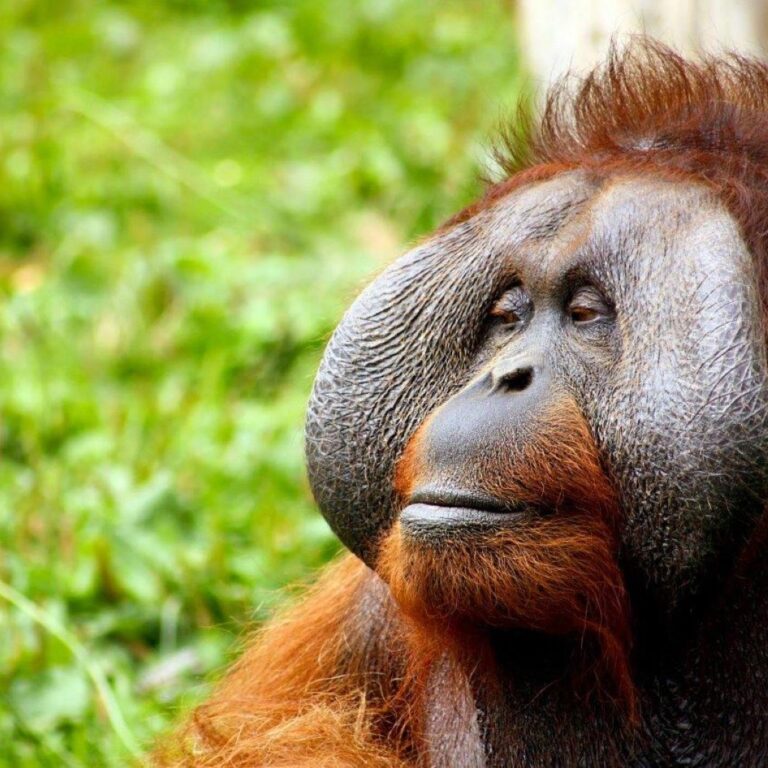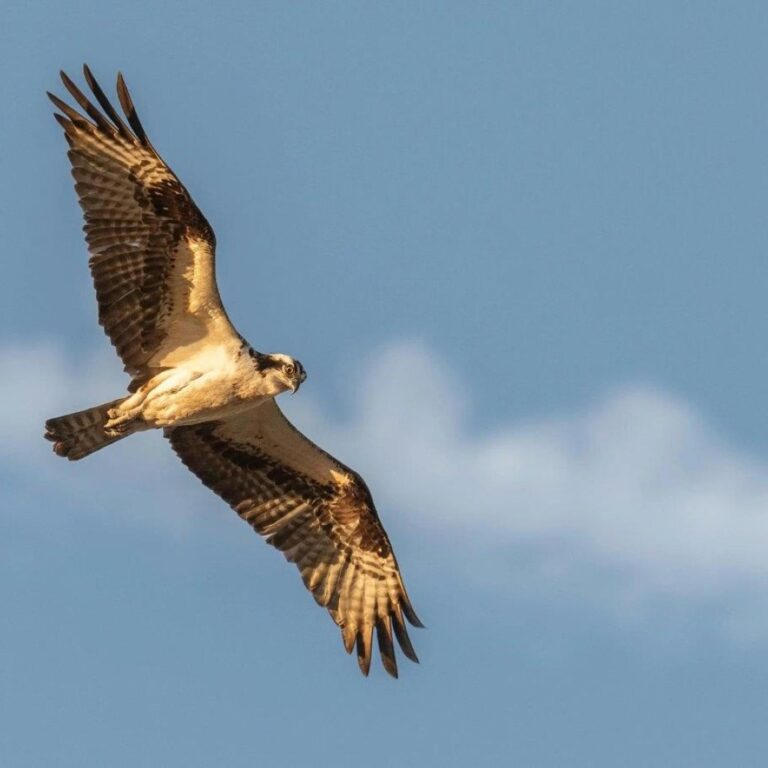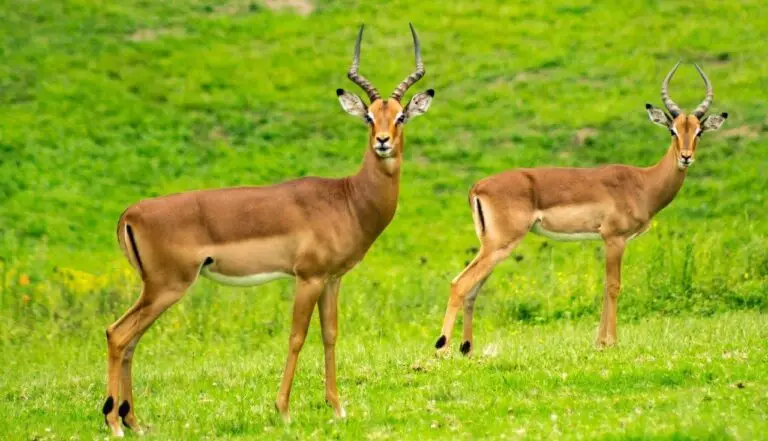Orangutans are the largest arboreal (tree-dwelling) mammals in the world. They spend most of their lives in the trees, using their long arms and strong hands to swing from branch to branch.
There are three species of orangutans: the Bornean orangutan, the Sumatran orangutan, and the recently identified Tapanuli orangutan. All three species are critically endangered.
Orangutans share about 97% of their DNA with humans, making them one of our closest relatives in the animal kingdom.
They are known for their intelligence and have been observed using tools in the wild, such as sticks to extract insects from tree bark or leaves as makeshift umbrellas.
The name 'orangutan' comes from the Malay words 'orang,' meaning 'person,' and 'hutan,' meaning 'forest.' Together, it translates to 'person of the forest.'
They have a highly developed memory and can remember the location of fruiting trees over long distances and periods of time.
Orangutans are solitary animals, with males and females coming together only for mating. The bond between a mother and her offspring, however, is strong and lasts for several years.
The gestation period for an orangutan is about 8.5 months, similar to humans. A female typically gives birth to one baby at a time, and the infant stays with its mother for up to 7 years.
They have a slow reproductive rate, with females giving birth only once every 6 to 8 years. This makes population recovery difficult, especially in the face of habitat loss and other threats.
They are primarily frugivores, meaning their diet consists mainly of fruit. However, they also eat leaves, bark, insects, and sometimes small vertebrates.
The arms of an orangutan are incredibly long, with a span that can reach up to 7 feet. These long arms help them move efficiently through the trees.
They have been known to display empathy and altruistic behavior, such as helping each other cross difficult terrain or sharing food.
The Sumatran orangutan is more arboreal and has a more varied diet than the Bornean orangutan, which spends more time on the ground and has a diet that includes more bark and vegetation.
They have a unique vocalization known as the 'long call,' which males use to communicate with other orangutans over long distances. These calls can be heard up to a mile away.
Conservation efforts are crucial for the survival of orangutans, as they face significant threats from habitat destruction, illegal logging, and the palm oil industry. Protecting their natural habitats is essential for their survival.
How useful was this post?
Click on a star to rate it!



